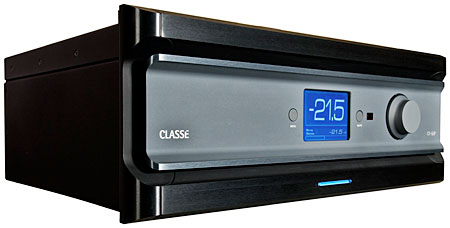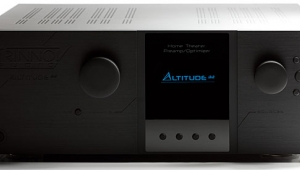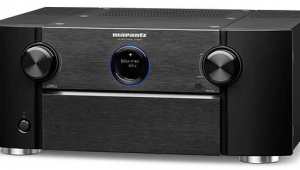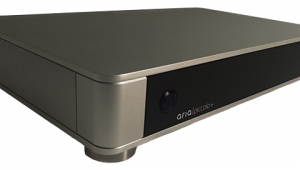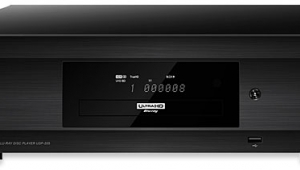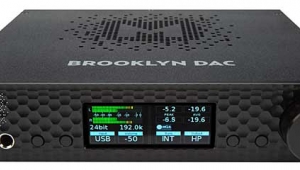| Columns Retired Columns & Blogs |
Purchased a Cambridge Audio DVD player new (DVD89), right out of the box after 6 weeks of use unit was returned for repairs. 9 months later player slowly began to fail, first by not playing DVDs, then by not playing CDs, finally not playing any discs at all.
Will never buy a Cambridge Audio product again.
